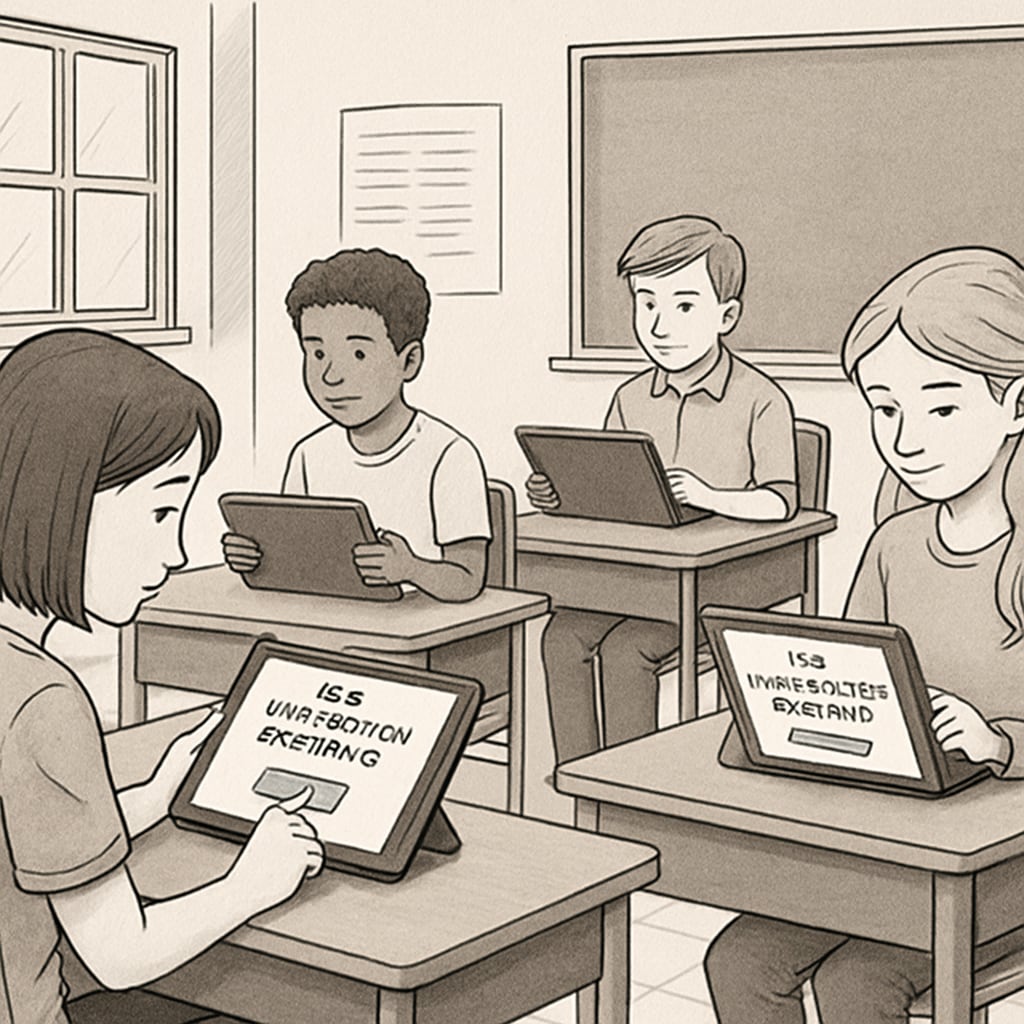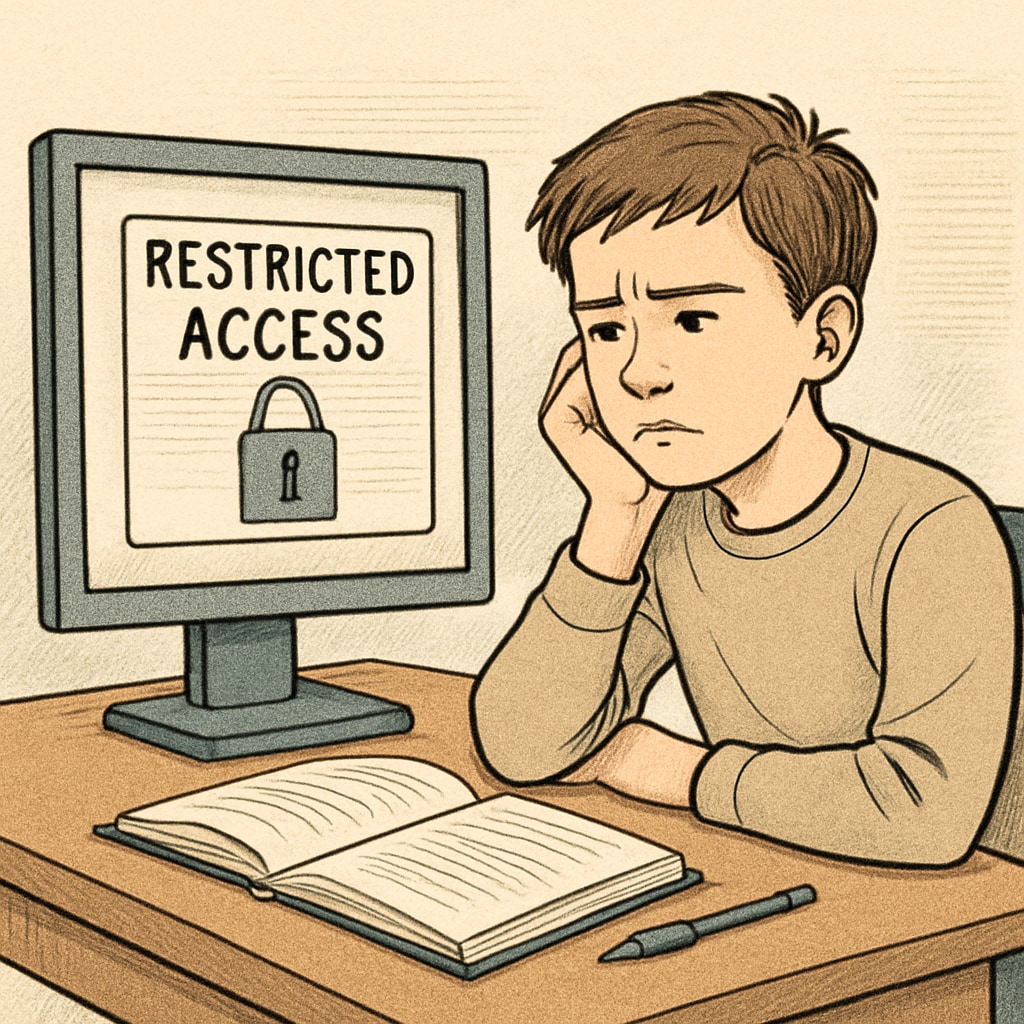Age verification, content restrictions, and online censorship are becoming increasingly common across the United States as states implement new laws designed to safeguard minors from inappropriate online material. While these measures are intended to protect young users, their implications for K12 education are profound and potentially problematic. These laws may unintentionally construct digital barriers that limit students’ access to critical learning resources, hindering their educational development and curbing their right to information.

The Rise of Age Verification Laws: Why Are They Necessary?
Age verification laws have gained traction in response to growing concerns about minors accessing harmful or inappropriate content online. States like Louisiana, Utah, and Texas have introduced requirements for websites to verify users’ ages before granting access to certain materials, particularly adult or explicit content. Proponents argue that these measures are essential to protect children from exposure to unsuitable digital environments. For example, the Child Online Protection Act and similar initiatives aim to establish safer internet spaces for young users.
However, these laws often extend beyond their original intent, impacting educational websites, digital libraries, and platforms that host sensitive yet academically important content. As a result, K12 educators and students face increasing obstacles when trying to access study materials that are vital for their curriculum.
Unintended Consequences for K12 Education
While the intention behind age verification laws is clear, their implementation raises significant concerns for K12 education. Educational platforms often include content that, while appropriate for academic settings, could be flagged for age verification due to sensitive topics such as history, biology, or literature. For example, online encyclopedias or scientific databases may include discussions on war, human anatomy, or controversial historical events, making them subject to content restrictions.
These barriers can create challenges for students and teachers alike:
- Restricted Access: Students may encounter difficulties accessing vital resources for projects or research due to age verification roadblocks.
- Interrupted Learning: Teachers may struggle to incorporate multimedia-rich content into their lesson plans if certain websites are blocked or require extensive verification processes.
- Digital Divide: Students who lack parental assistance or technological literacy may face greater hurdles in navigating these restrictions.
As a result, the very laws designed to protect minors are, paradoxically, limiting their ability to learn and explore legitimate academic material.

Balancing Protection and Freedom: Is There a Solution?
Striking the right balance between protecting minors and preserving their access to information is critical. Policymakers and educators must collaborate to ensure that age verification laws do not inadvertently stifle educational opportunities. Several strategies could help mitigate the adverse effects of these laws:
- Exemptions for Educational Platforms: Legislation could include provisions that exempt certified educational websites and digital libraries from strict age verification requirements.
- Improved Verification Systems: Technologies like AI-driven content categorization could distinguish between harmful content and educational materials, reducing unnecessary restrictions.
- Parental and Educator Involvement: Providing parents and teachers with tools to manage access to online resources can ensure a safer yet unrestricted learning environment.
In addition, advocacy groups and educational organizations should work to raise awareness about the unintended consequences of these laws. Platforms like Britannica demonstrate the importance of preserving access to knowledge while maintaining safety standards.
Conclusion: Navigating the Future of Digital Education
Age verification laws, content restrictions, and online censorship are reshaping the digital landscape for K12 education. While the intent to safeguard minors is commendable, these measures often come at the cost of limiting access to critical learning resources. As these laws continue to evolve, it is imperative to find solutions that protect young users while preserving their right to information. By fostering collaboration between educators, policymakers, and technology providers, we can ensure that the digital walls built to protect do not become barriers to learning.


